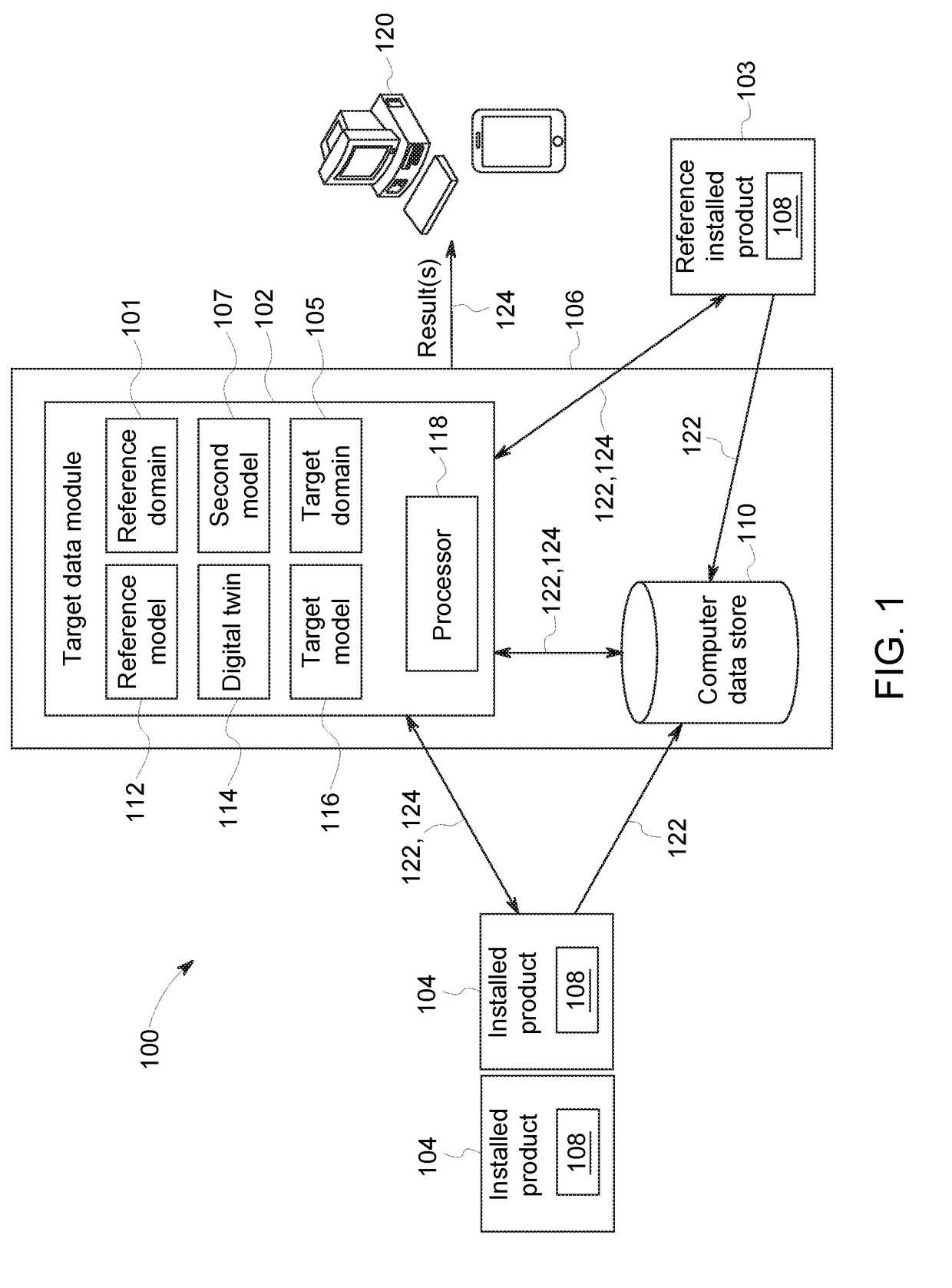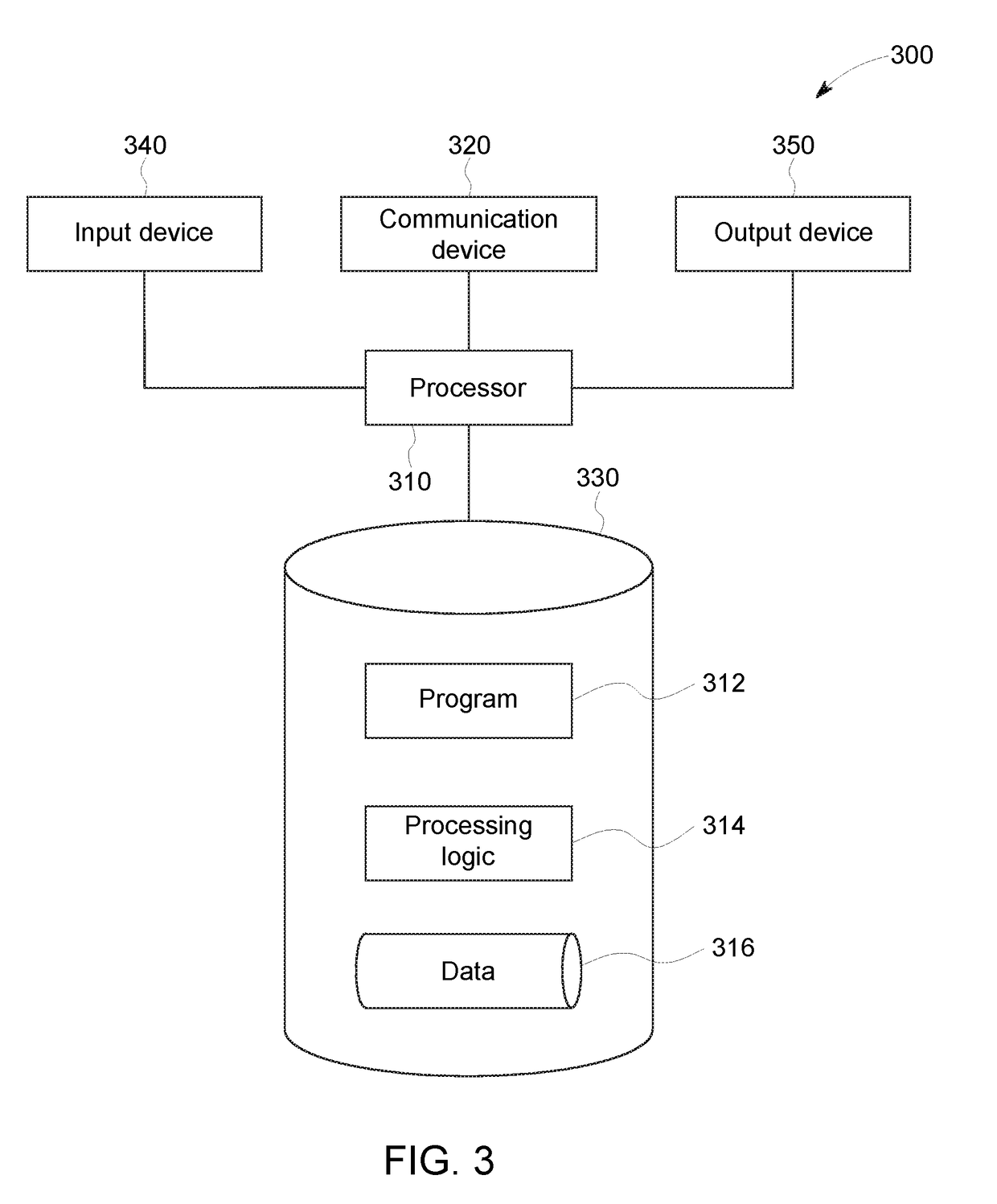Method of learning robust regression models from limited training data
a training data and robust regression technology, applied in the field of learning robust regression models from limited training data, can solve problems such as the typical acquisition of damage to assets, including asset components,
- Summary
- Abstract
- Description
- Claims
- Application Information
AI Technical Summary
Benefits of technology
Problems solved by technology
Method used
Image
Examples
Embodiment Construction
[0014]Statistical models may often be used to perform predictive analysis about an asset, such as performance assessment and prediction, remaining life prediction, service cost prediction, total ownership cost prediction, etc. Statistical models may often be built from collected data (i.e. historical data) about the particular asset, and therefore, the more available data, the greater the ability to build a model with strong predictive power. However, there are instances where limited historical data is available for a particular asset (e.g., a new product line, a small product line, modeling rare events, a product line with highly variable configurations—making data pooling difficult). Limited data may make it difficult to construct a reliable model, and such a model may lead to large prediction uncertainty.
[0015]Conventionally, the limited data scenario may be addressed using, for example, data pooling or a Bayesian regression approach. With data pooling, data from a similar domai...
PUM
 Login to View More
Login to View More Abstract
Description
Claims
Application Information
 Login to View More
Login to View More - R&D
- Intellectual Property
- Life Sciences
- Materials
- Tech Scout
- Unparalleled Data Quality
- Higher Quality Content
- 60% Fewer Hallucinations
Browse by: Latest US Patents, China's latest patents, Technical Efficacy Thesaurus, Application Domain, Technology Topic, Popular Technical Reports.
© 2025 PatSnap. All rights reserved.Legal|Privacy policy|Modern Slavery Act Transparency Statement|Sitemap|About US| Contact US: help@patsnap.com



